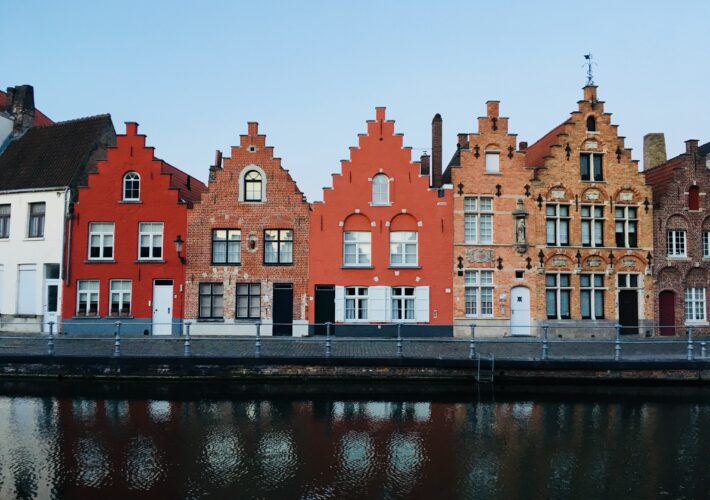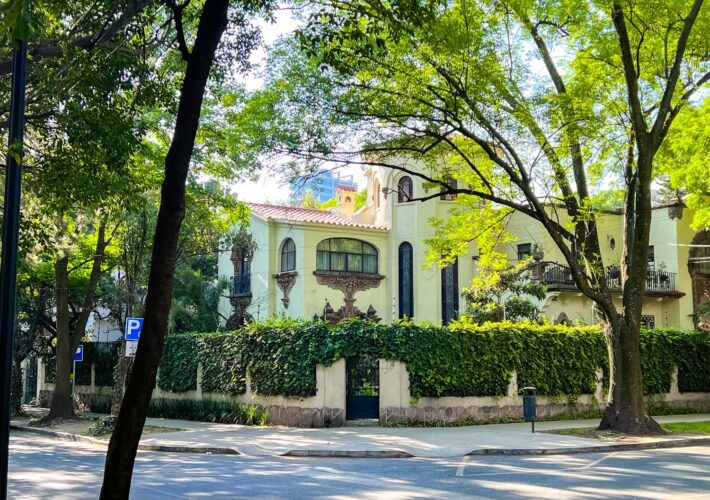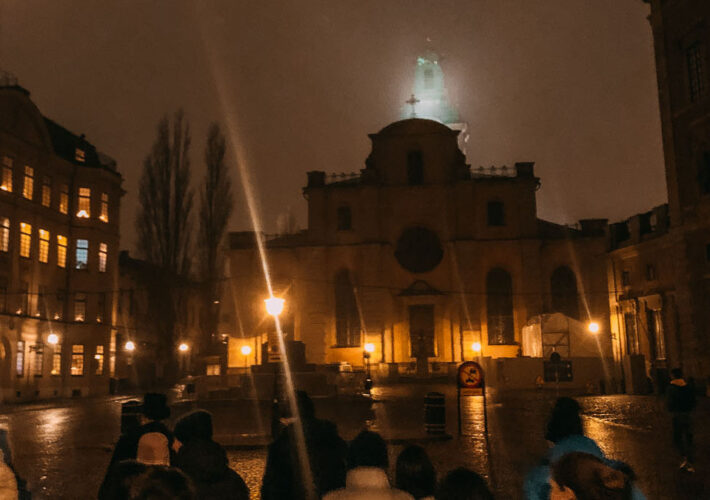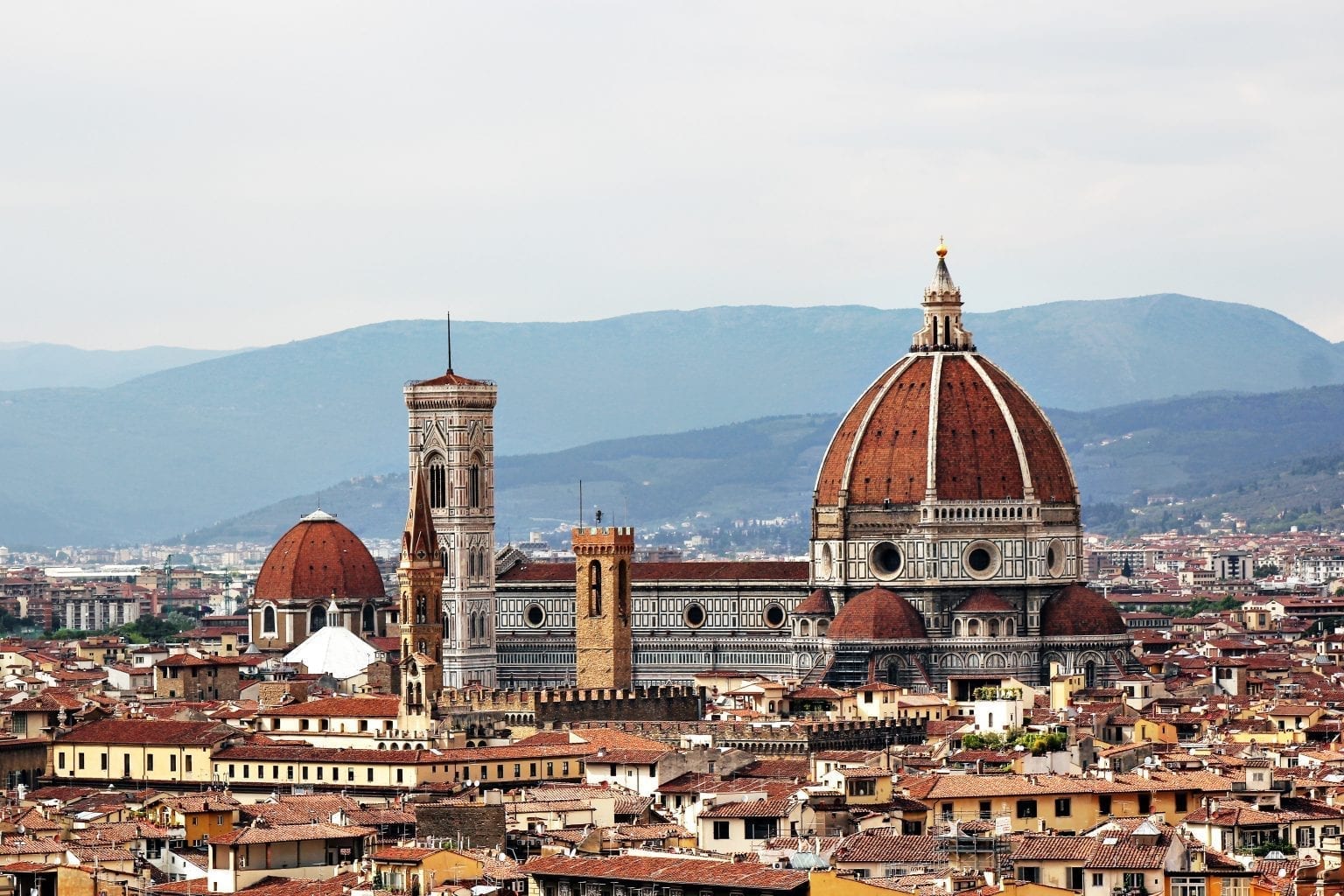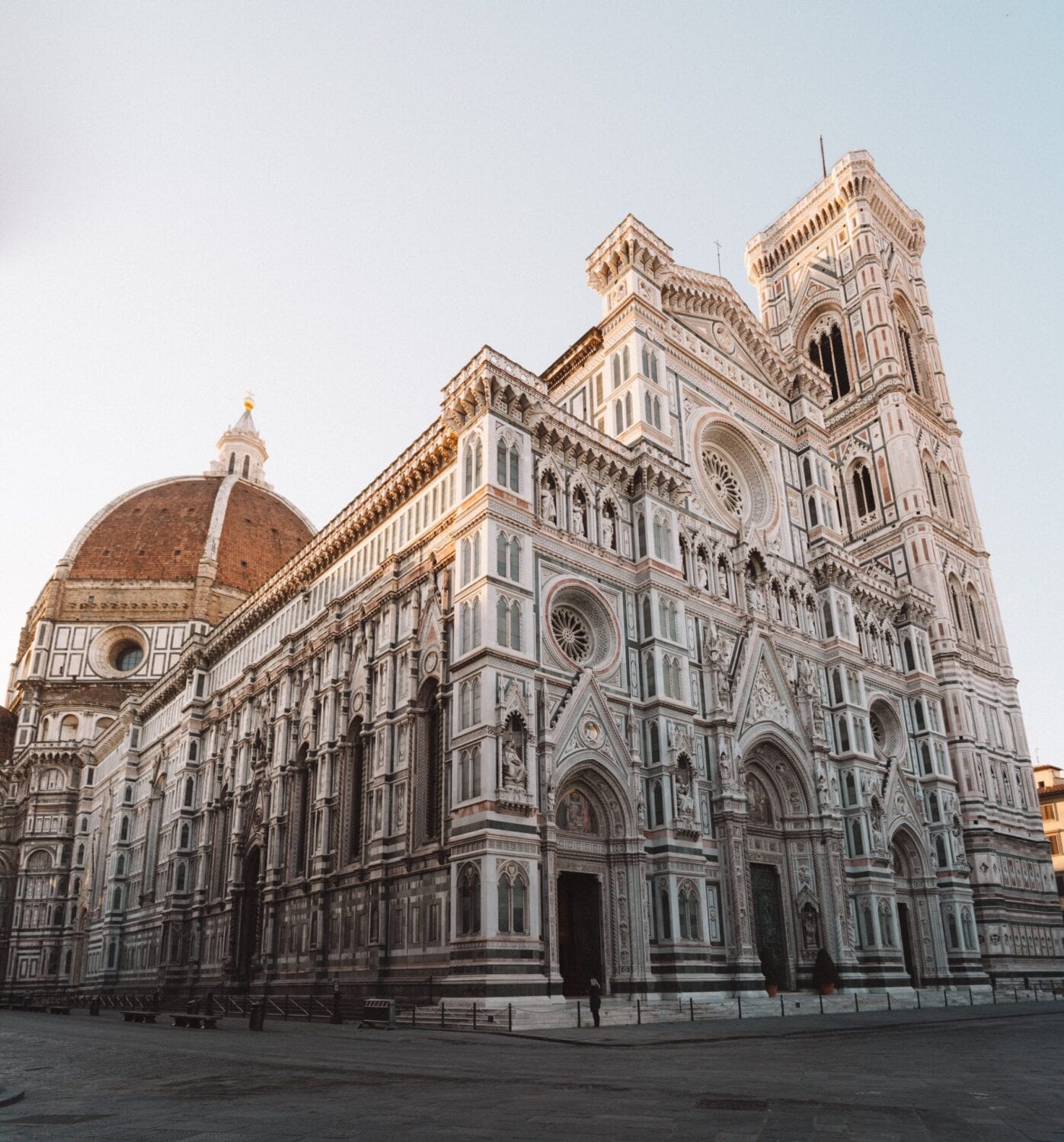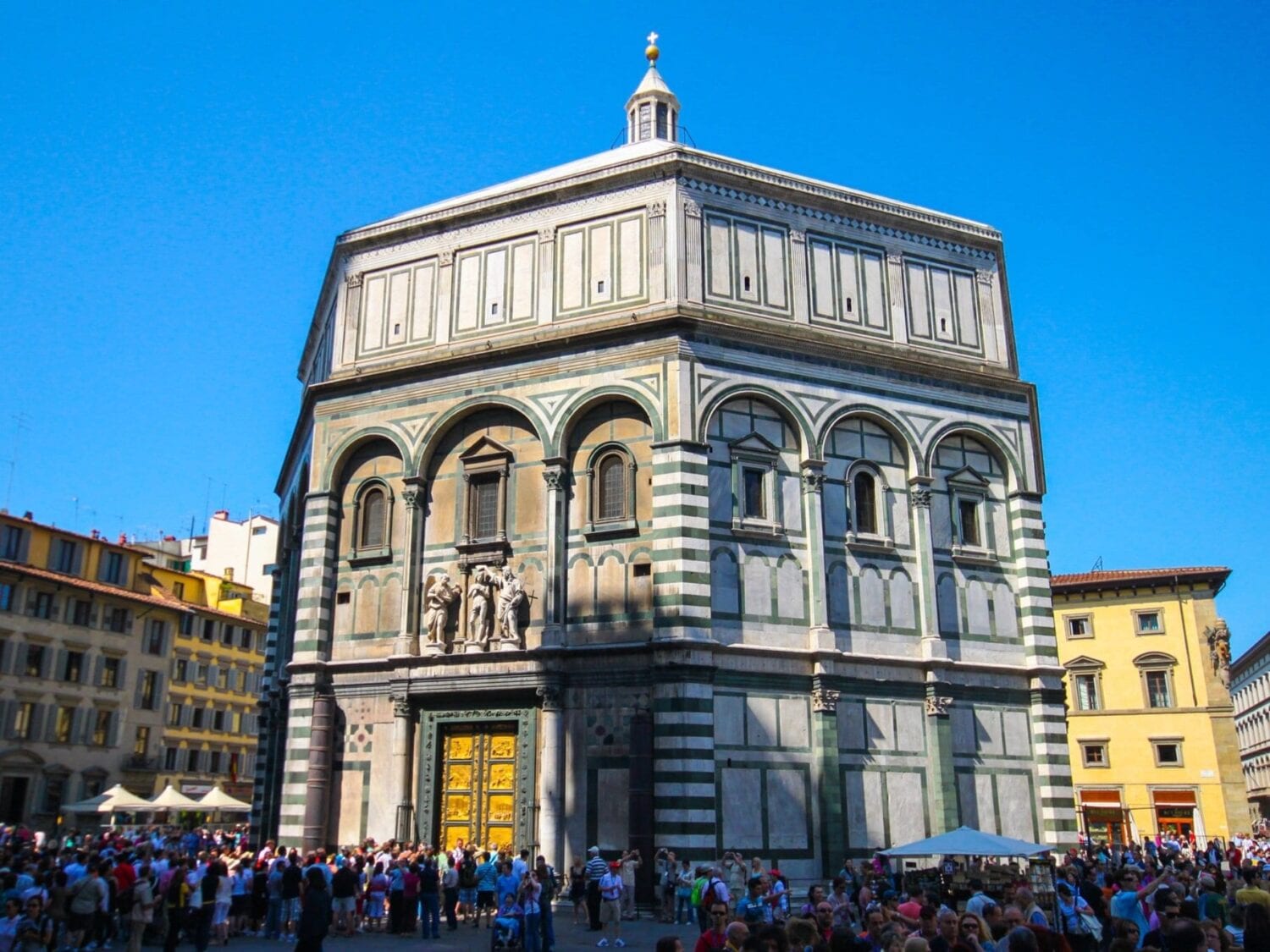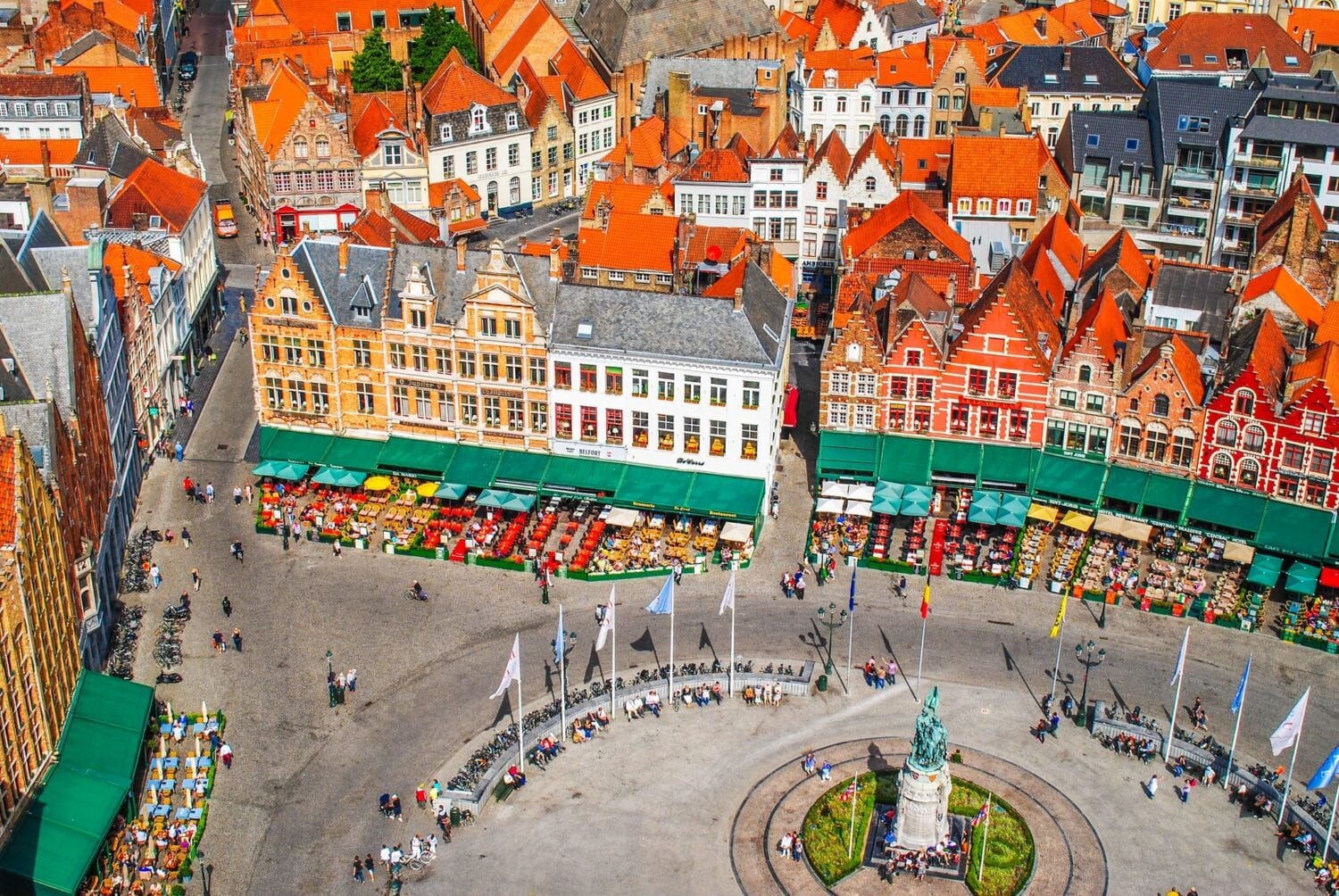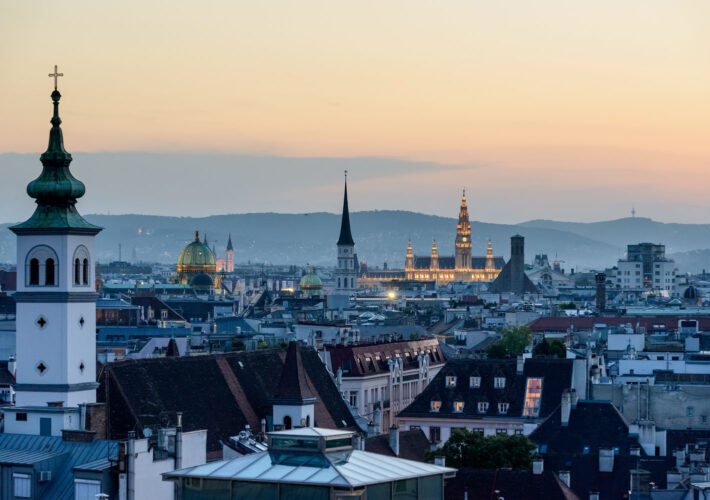Known as the “Venice of the North”, Bruges is a medieval paradise replete with sweeping canals, quaint cobblestones alleyways, unrivalled Gothic architecture and an utterly enchanting atmosphere.
Standing inside the Piazza del Duomo, is the most famous structure in Florence; the Cathedral of Santa Maria del Fiore. Although if you want to sound like a local, just call it the “Duomo.” The bright white marble exteriors, trimmed in green and pink stone, are so unique and iconically Florentine. If there were a beating heart to this city, it would live right here. Whether you’re drawn to the grandeur, the history or the spiritual power of these buildings, visiting these sites in Florence is almost a right of passage. But many people come here and gaze upon this building without really understanding the context behind it’s construction and artistry. Through this post, I hope to help illuminate some of those mysteries and perhaps help you appreciate these attractions for more than just their beauty.
Whether you’re drawn to the grandeur, the history or the spiritual power of these buildings, visiting these sites in Florence is almost a right of passage. But many people come here and gaze upon these buildings without really understanding the context behind their construction and artistry. Through this post, I hope to help illuminate some of those mysteries and perhaps help you appreciate these attractions for more than just their beauty.
Standing on either side of Piazza del Duomo, divided by Via dei Calzaiuoli, are two of the most famous structures in Florence; the Baptistery of St. John and the Cathedral of Santa Maria del Fiore. Although if you want to sound like a local just call the Cathedral, the Duomo. The bright white marble exteriors, trimmed in green and pink stone are so unique and iconically Florentine. If there were a beating heart to this city, it would live right here. Whether you’re drawn here for the grandeur, the history or the spiritual power of these buildings, visiting these sites in Florence is almost a right of passage. But many people come here and gaze upon these buildings without really understanding the context behind their construction and artistry. Through this post, I hope to help illuminate some of those mysteries and perhaps help you appreciate these attractions for more than just their beauty.
Known as the Venice of the North, Bruges is a medieval paradise replete with sweeping canals, quaint cobblestones alleyways, unique Gothic architecture and an utterly enchanting atmosphere. Bruges is truly one of my favourite cities to visit. It feels like you could walk endless along the streets and continuously find new discoveries. It’s a fairy-tale like village and I think far too many people just breeze through it on a day-trip from Brussels. I think to truly experience the city at it’s best you need to spend the night and dedicate a good 48 hours to explore every nook and cranny of the city.
Vienna is the capital and largest city in Austria, and as of 2001, the entire town was designated a UNESCO World Heritage Site. It has been named the “City of Music” or the “The City of Dreams” and for good reason. Vienna is home to some of the most interesting architectural masterpieces in Europe.

